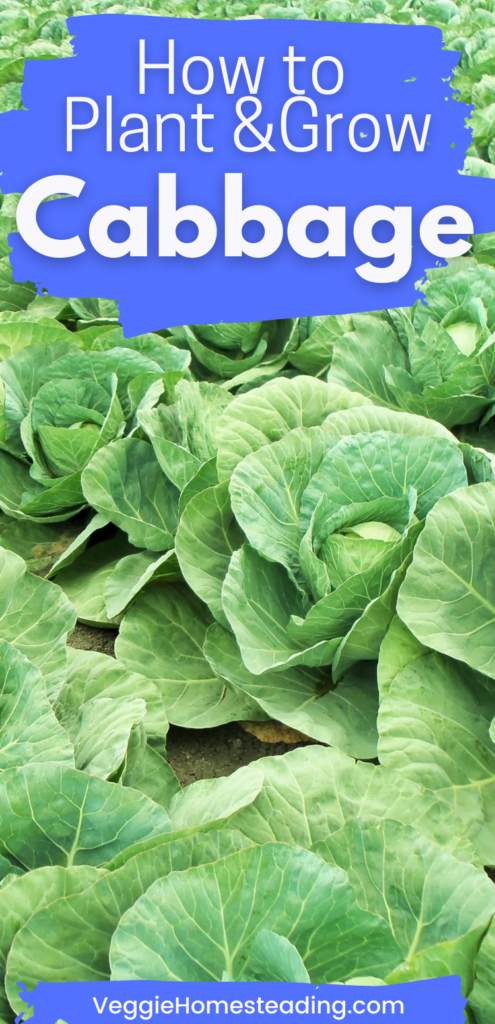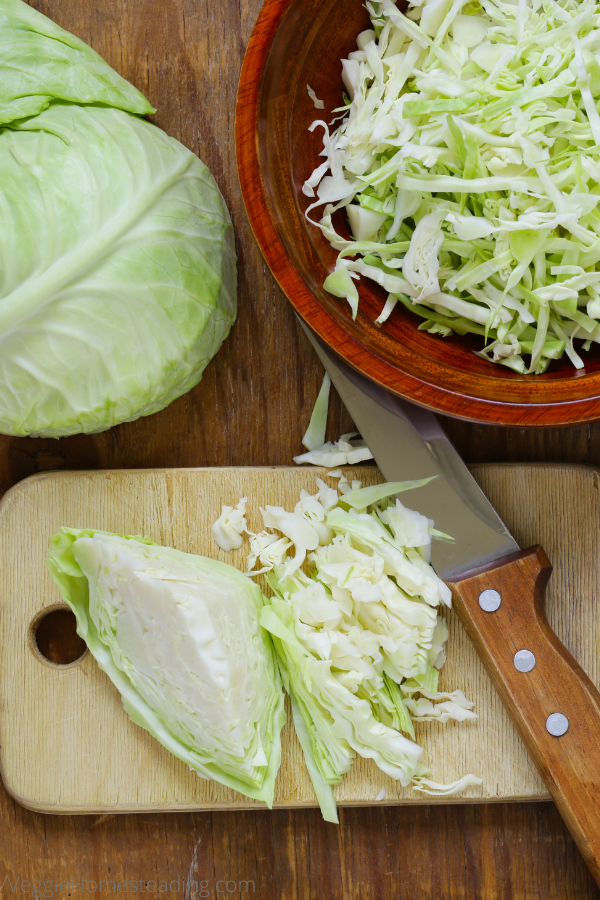Cabbage is a simple plant to grow and is a versatile vegetable to eat. This information and these tips are great for planting and growing cabbage in the garden or greenhouse.

Botanical Information: Brassica oleracea
Quick Facts:
Cabbage is a high fiber vegetable.
Cabbage can take 80-180 days to grow.
Cabbage needs a lot of sun to grow.
Varieties:
Green
Red
Savory
Tuscan

Starting:
If you live in the northern part of the U.S. you can start cabbage seeds in spring to early summer. If you live in the south or other frost free areas, you can sow the seeds from fall to spring.
If you are starting the seeds indoors, do so 8 weeks before outdoor planting.
Spacing:
Seeds should be planted 1/4 inch deep in soil and 1 inch apart from eachother. The soil should stay 70 degrees F. When plants start growing, thin them to 18-24 inches apart. Cabbage can be transplanted when there are 4-5 true leaves.
Companions and Enemies
There are quite a few plants that can be planted near cabbage that will help them grow stronger. This includes:
chamomile
wormwood
chives
summer savory
coriander
tansy
yarrow
dill
mint
Thyme
geranium
sage
oregano
On the other hand there are plants that can hinder the growth of cabbage:
mustard plants
strawberries
tomatoes
grapes
pole beans

Watering :
Cabbage likes water. You should water atleast once time per week and ensuring that it is about 1 1/2 inches of water. If you feel the soil, 3 inches down, and it is dry – give your cabbage plants more water. It is best to water in the morning so that the soil can absorb the moisture before it is evaporated.
Light:
Cabbage plants need all the sun they can get. Having full sun is important but at least 6 hours of good sun will typically be sufficient.
Maintenance:
Remove unhealthy or limp leaves by either tearing them away or pruning with scissors or pruners. Also, sometimes you wish to remove what appear to be perfectly healthy leaves because they are getting too close to other plants. This can be done, but you can also save the leaves.
Pollination:
Cabbage plants require cross pollination. In gardens this can be done by honey bees. If you are planting in a greenhouse, self pollinating by shaking the plants is a great option.

Common Problems
Alternaria Leaf Spot
Bacterial Leaf Spot
Soft Rot
Blackleg
Bottom Rot
Downy Mildew
Harvesting
Cabbage is ready to harvest when the cabbage heads are firm and reach the desired size. To harvest them, cut each cabbage head at it’s base with a sharp knife.
If you would like to get an additional cabbage plant from one set of roots, cut the cabbage head out of the plant, leaving the outer leaves and root in the soil.
Storing & Preparing
Cabbage can be stored in the fridge for a week or two.
If you would like to preserve cabbage for later use, you can blanch it and then freeze. You can also can it. Another idea is to prepare dishes that include the cabbage and either freeze or can that. Cabbage is great in soups, salads, as a side dish, in rolls and more.
Planting and Growing Cabbage can be easy with these tips.


Leave a Reply